The Streak Continues: 327
Yesterday was a typical day of work at BAA for me. With help from daughter Jennifer, I am working on transitioning to my new Apple 15.4″ MacBook Pro Notebook Computer with Retina Display (Mid-2014). I worked with right hand man Jim Litzenburg getting six images ready to print for the upcoming Birds of the World exhibit in San Diego (see below). I always make time for my morning meditation, an easy swim, and an ice bath. After my swim yesterday I added ten minutes of forced laughter. (Studies have found that laughing exercise can raise the flow of blood in the body by as much as 22 per cent, as the heart and lungs work harder to supply oxygen to key muscles. As well as boosting blood flow, relaxed arteries also help regulate blood pressure at normal levels.)
It was good friend and healthy living guru Dr. Cliff Oliver who reminded me about forced laughter…. Visit Cliff’s site and check out the neat interview video done a few year’s back on New Zealand TV.
This blog post, the 327th in a row, took me more than 2 1/2 hours to prepare including the time spent on the image optimizations in DPP v3.14.41.0. It was published just before 7:00am from my home at Indian Lake Estates, FL.
Please help us out…
To show your appreciation for my efforts here, we ask that you use our the B&H and Amazon affiliate links on the right side of the blog for all of your purchases. B&H Is recommended for you major photography gear purchases, Amazon for your household, entertainment, and general purpose stuff. Please check the availability of all photographic accessories in the BIRDS AS ART Online Store, especially Gitzo tripods, Wimberley tripod heads, and the like. We sell only what I have used, have tested, and can depend on. We will not sell you junk. We know what you need to make creating great images easy and fun. And we are always glad to answer your gear questions via e-mail.
|
This image was created at Fort DeSoto Park in cloudy conditions on the morning of October 21, 2014. I used the hand held Canon EF 300mm f/2.8L IS II USM lens and a beta version of the Canon EOS 7D Mark II . ISO 400. Evaluative metering +2 1/3 stops off the sky: 1/1600 sec. at f/5 in Manual mode was a slight underexposure. Cloudy WB. Center Zone Shutter Button AF selected the central sensor and one additional sensor to its left. Both were active at the moment of exposure. The left hand of those two sensors was squarely on the bird’s face and covered both eyes (as originally framed). It is no wonder that this image was so incredibly sharp on the face. Click on the image to see a larger version. Image #1: Laughing Gull incoming |
The 300II/7D II Combo for Hand Held Flight
The Canon 300mm f/2.8L IS II lens and the Canon EOS-7D Mark II may very well be the most lethal combo ever for hand held flight photography. Most folks including me are able to hand hold this combination for long shooting sessions. It may be too heavy for some folks. If that it the case they might consider the Canon EF 70-200mm f/2.8L IS II USM lens with a 1.4X III TC (or even with the 2X III TC when they need additional reach). Folks who need to go even lighter are steered towards the tiny but deadly Canon EF 70-200mm f/4L IS USM lens. With this one we’d recommend only the 1.4X TC. Both of the above with a new 7D Mark II of course.
So what’s so great about the 300II/7D II combo for hand held flight photography? Lots. First off, the equivalent 480mm focal length with lots of pixels on the bird gives you lots of reach and produces incredibly sharp, high quality images. Next, as I am learning quickly, the Zone AF Area Selection Mode with its new, five X five center zone seems to be a big improvement on previous iterations of the Zone AF Area Selection Mode… See more on the new Zone AF (and on iTR) below. And the ten frame per second frame rate is nothing to sneeze at.
Lastly please do not forget that many folks will enjoy the lighter weight of the 7D II as compared to the 1D X. Which is heavier boys and girls, the 7D II coming in at a svelte 2 lbs, 5 oz, or the much larger 1D x that tips the scales at 3 lbs, 6.5 oz? At one pound, 1 1/2 ounces heavier, the 1D X is a shade more than 47% heavier than the 7D II. Over the course of a long flight photography session, the 1D X would seem a ton heavier.
|
This image was created at Fort DeSoto Park in cloudy becoming cloudy-bright conditions on the morning of October 21, 2014. I used the hand held Canon EF 300mm f/2.8L IS II USM lens and a beta version of the Canon EOS 7D Mark II . ISO 400. Evaluative metering +1 2/3 stops off the sky: 1/2500 sec. at f/4 in Manual mode. Cloudy WB Center Zone Shutter Button AF had only the central sensor active at the moment of exposure. As originally framed the active sensor was right above the bird and hit nothing but the distant horizon line. Click on the image to see a larger version. Image #2: Forster’s Tern incoming |
The New (wider) Zone AF Area Selection Mode
With both the 5D Mark III and the 1D X I tried Zone AF but was not impressed. As I have long found it difficult to keep the central sensor only on the bird’s face, head or neck, I have always done my flight photography with more than just the central sensor active. With the two previously mentioned camera bodies, I tried Zone AF briefly but must not have been very impressed as I soon de-activated it on both the 5D III and the 1D X.
With the 7D II I have found the new (wider) Zone AF to be a great improvement, not just for flight but for lots of general bird photography as well. In two instances here the new AF system produced sharp flight images with the sensor nowhere near the bird. This is a reflection of several things: the new AF system; the new wider Zone AF Area Selection Mode; and the effectiveness of my custom-created Case 3 AF settings.
Please do not assume every single 300II/7D II image is sharp on the bird’s eyes and face. Most are sharp enough, many are insanely sharp, and some are not sharp. The latter due entirely to operator error, to not getting the sensor on the bird’s eye or eyes, face, or neck and panning smoothly with the subject as the system tracks the subject. That said, I firmly believe that this combo will prove to be the best ever for flight photography. At San Diego and other locations where the birds may be too close in flight to fit into the frame I will turn to the aforementioned Canon EF 70-200mm f/2.8L IS II USM lens with or without the 1.4X III TC.
|
This image was created at Fort DeSoto Park in cloudy conditions on the morning of October 21, 2014. I used the hand held Canon EF 300mm f/2.8L IS II USM lens and a beta version of the Canon EOS 7D Mark II . ISO 400. Evaluative metering +2 1/3 stops off the sky: 1/2000 sec. at f/4 in Manual mode was a slight underexposure. Cloudy WB. Center Zone Shutter Button AF selected the central sensor. It was active at the moment of exposure and covered the base of the bird’s left wing just past the bill as originally framed. This image is plenty sharp. Click on the image to see a larger version. You can see the original image below. Image #3: Sandwich Tern incoming |
Incoming
Like many other folks, I have always had a hard time producing consistently sharp images of birds flying directly at the camera. The 7D II with its new AF system seems to do an outstanding job in this difficult situation. I can’t wait to get to Bosque with a 7D II on a morning with a nice southeast wind….
Your Favorite?
Please take a moment to let us know which of the three flight images you consider best. And do let us know why you made your choice.


|
This unsharpened JPEG represents the original image from which the optimized version above was created. |
The Image Optimization
First I leveled the image by rotating it more than 3.5 degrees clockwise. Then I filled in the missing canvas using the John Haedo Content Aware Fill method. Then I moved the bird left in the frame using techniques from APTATS I and APTATS II and refined those layers with the addition of Regular Layer Masks. On the two tern images I applied my NIK 50-50 recipe to the bird only and fine tuned those with Regular Layer Masks. Lastly I sharpened the faces with a Contrast Mask (Unsharp Mask at 15/65/0).
The DPP RAW Conversion Guide
To learn why I use Canon’s Digital Photo Professional (DPP) to convert every image that I work on, click here. The current guide will teach you how to best convert all of your Canon images in all 3 point something versions of Canon Digital Photo Professional including the current v.3.14.41.0.
Coming on Monday: The DPP 4.0 Guide by Arash Hazeghi and Arthur Morris. The more that I use DPP 4.0 for my 1D X and 5D III RAW conversions–I remember those–the more I learn about it. And the more I learn about it the more I am impressed with it. Note: at present, DPP 4.0 will work only with 1D X, 5D III, and 6D images. I am hoping that at some point Canon will release a new version of DPP 4 that will support 7D II images.
Digital Basics
Everything that I did to optimize today’s images is covered in detail in my Digital Basics File–written in my easy-to-follow, easy-to-understand style. Are you tired of making your images look worse in Photoshop? Digital Basics File is an instructional PDF that is sent via e-mail. It includes my complete digital workflow, dozens of great Photoshop tips (including Surface Blur settings), details on using all of my image clean-up tools, the use of Contrast Masks, several different ways of expanding and filling in canvas, all of my time-saving Keyboard Shortcuts, Quick Masking, Layer Masking, and NIK Color Efex Pro basics, Contrast Masks, Digital Eye Doctor, using Surface and Gaussian Blurs, Tim Grey Dodge and Burn, how to create time-saving actions, and tons more.
APTATS I & II
Learn the details of advanced Quick Masking techniques in APTATS I. Learn Advanced Layer Masking Techniques in APTATS II. Mention this blog post and apply a $5 discount to either with phone orders only. Buy both APTATS I and APTATS II and we will be glad to apply at $15 discount with phone orders only. Please call Jim or Jennifer at 863-692-0906 weekdays to order.
|
San Diego offers a wealth of very attractive natural history subjects. With annual visits spanning more than three decades I have lot of experience there…. |
2015 San Diego 4 1/2-DAY BIRDS AS ART Instructional Photo-Tour (IPT): FEB 1 thru the morning of FEB 5, 2015: $1799 (Limit: 8/Openings: 2)
Meet and Greet after dinner on your own at 7:00pm on JAN 31
Just two slots left!
Join me in San Diego to photograph the spectacular breeding plumage Brown Pelicans with their fire-engine red bill pouches; Brandt’s and Double-crested Cormorants in breeding plumage with their amazing crests; breeding plumage Wood and Ring-necked Duck; other species possible including Lesser Scaup, Redhead, and Surf Scoter; a variety of gulls including Western, California, and the gorgeous Heerman’s, all in full breeding plumage; shorebirds including Marbled Godwit, Willet, Sanderling and Black-bellied Plover; many others possible including Least, Western, and Spotted Sandpiper, Whimbrel, Black and Ruddy Turnstone, Semipalmated Plover, and Surfbird; Harbor Seals (depending on the current regulations) and California Sea Lions likely; and Bird of Paradise flowers. And as you can see by studying the two IPT cards there are some nice landscape opportunities as well.
Did I mention that there are wealth of great birds and natural history subjects in San Diego in winter?
This IPT will include five 3 1/2 hour morning photo sessions, four 2 1/2 hour afternoon photo sessions, five lunches, after-lunch image review and Photoshop sessions, and two fine dinners. To ensure early starts, breakfasts will be your responsibility.
A $499 non-refundable deposit is required to hold your slot for this IPT. You can send a check (made out to “Arthur Morris) to use at BIRDS AS ART, PO Box 7245, Indian Lake Estates, FL, 33855. Or call Jim or Jennifer at the office with a credit card at 863-692-0906. Your balance, payable only by check, will be due on 12/1//2014. If the trip fills, we will be glad to apply a credit applicable to a future IPT for the full amount less a $100 processing fee. If we do not receive your check for the balance on or before the due date we will try to fill your spot from the waiting list. If your spot is filled, you will lose your deposit. If not, you can secure your spot by paying your balance. Please print, complete, and sign the form that is linked to here and shoot it to us along with your deposit check. If you register by phone, please print, complete and sign the form as noted above and either mail it to us or e-mail the scan. If you have any questions, please feel free to contact me via e-mail.
|
Though the pelicans will be the stars of the show on this IPT there will be many other handsome and captivating subjects in wonderful settings. |
San Diego Natural History Museum Program & The Birds of the World Exhibit
On Saturday morning, February 7, 2015 I will be presenting “A Bird Photographer’s Story” at the San Diego Natural History Museum to kick off the Birds of the World photographic exhibit that will feature the images of about a dozen of the world’s top avian photographers. This program,which is being generously sponsored by the Canon Explorers of Light program, will be free and open to the public. I am proud to say that both Denise Ippolito and I will have images hanging in the show. The exhibit opening is scheduled for later that same day, February 7, 2015. (Times TBA).
Folks on the IPT who wish to stay over and attend the program and the exhibit opening on Saturday are invited to join me for a photo session on Friday morning as follows:
Friday Morning Add-on Photo Session: February 6, 2015: $299.
This workshop includes 3 hours of in-the-field pelican photography instruction and brunch with image review and Photoshop instruction. For now, this session is open only to folks attending the IPT.
Bosque del Apache 2014 BIRDS AS ART/A Creative Adventure Instructional Photo-Tour (IPT). NOV 29 (afternoon photo session)-DEC 3 (morning session), 2014. Totaling 4 FULL-DAYS: $1449. Leaders: Arthur Morris and Denise Ippolito. Introductory Slide program: 7:00pm on Saturday 11/29. Limit 16/Openings: 2
With yet another recent cancellation, there are now two openings on this long sold out trip.
|
Join Denise Ippolito and Arthur Morris for two great days of photography, fun, and learning at one of our favorite soul places. We will surely be taking you out of the box on this workshop. Please click on the card to enjoy a larger version. |
Bosque del Apache 2014 A Creative Adventure/BIRDS AS ART “Creative Photography Instructional Photo-Tour.” (IPT). NOV 24-25, 2014. 2-FULL DAYS: $729. Leaders: Denise Ippolito & Arthur Morris. Introductory Slide program: 7:00pm on Sunday 11/23.
Lots of traditional goose and crane photography combined with out-of-the-box techniques
The creative IPT can easily be piggy-backed with several Festival of the Cranes events with artie and denise. See here for details.
Be sure to like and follow BAA on Facebook by clicking on the logo link upper right. Tanks a stack!
Support the BAA Blog. Support the BAA Bulletins: Shop B&H here!
We want and need to keep providing you with the latest free information, photography and Photoshop lessons, and all manner of related information. Show your appreciation by making your purchases immediately after clicking on any of our B&H or Amazon Affiliate links in this blog post. Remember, B&H ain’t just photography!
Amazon.com
Those who prefer to support BAA by shopping with Amazon may use this link:
Amazon Canada
Many kind folks from north of the border, ay, have e-mailed stating that they would love to help us out by using one of our affiliate links but that living in Canada and doing so presents numerous problems. Now, they can help us out by using our Amazon Canada affiliate link by starting their searches by clicking here. Many thanks to those who have written.
Typos
In all blog posts and Bulletins, feel free to e-mail or to leave a comment regarding any typos or errors. Just be right :).

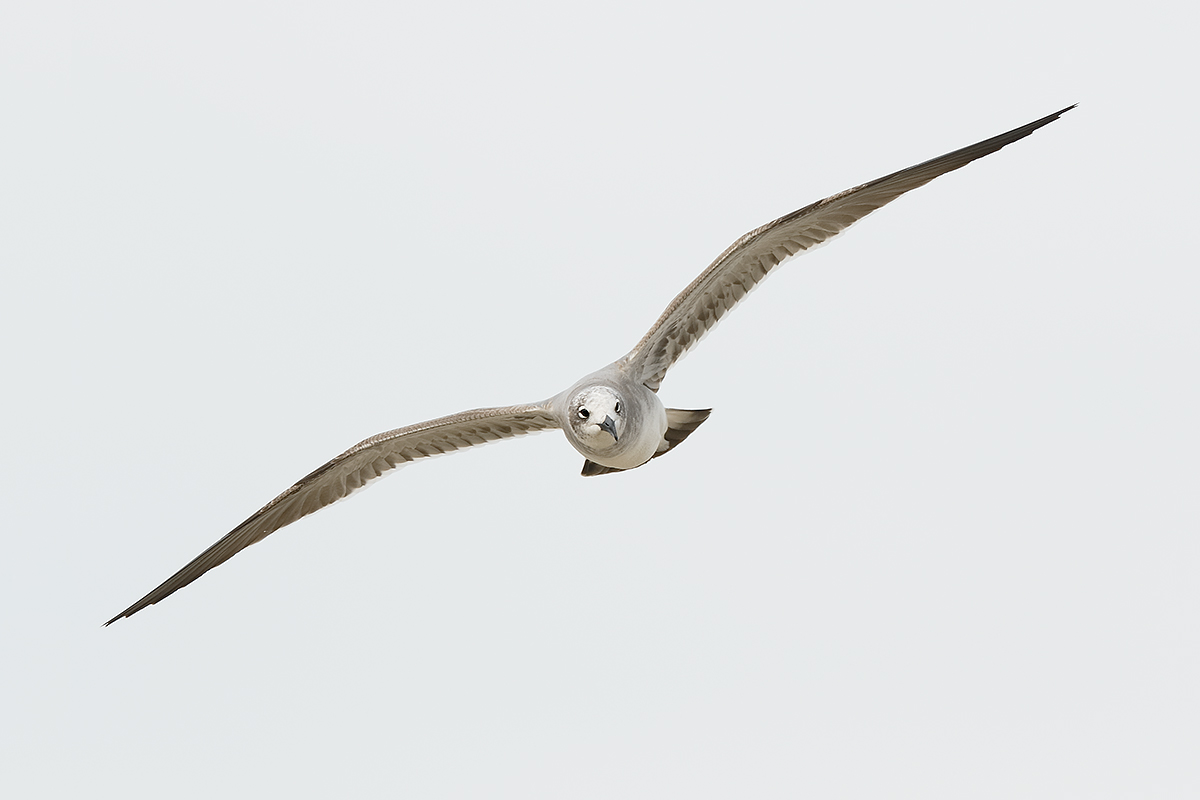
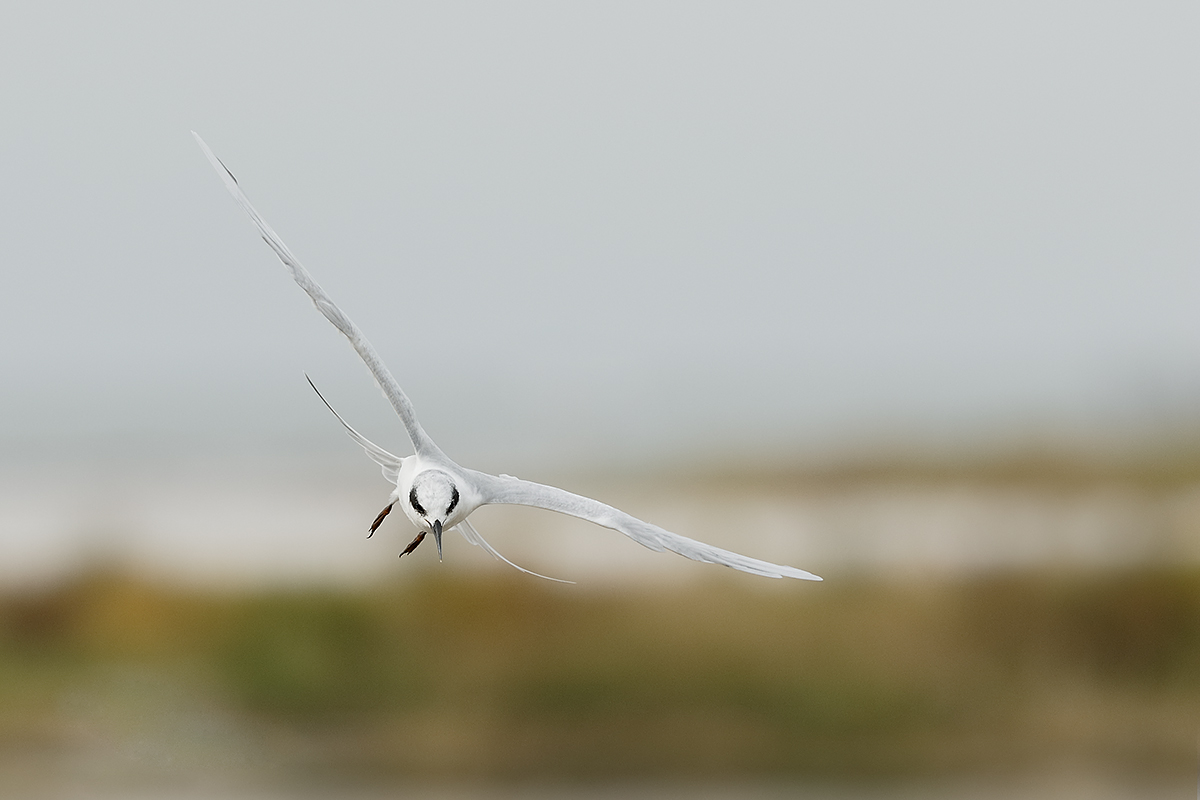
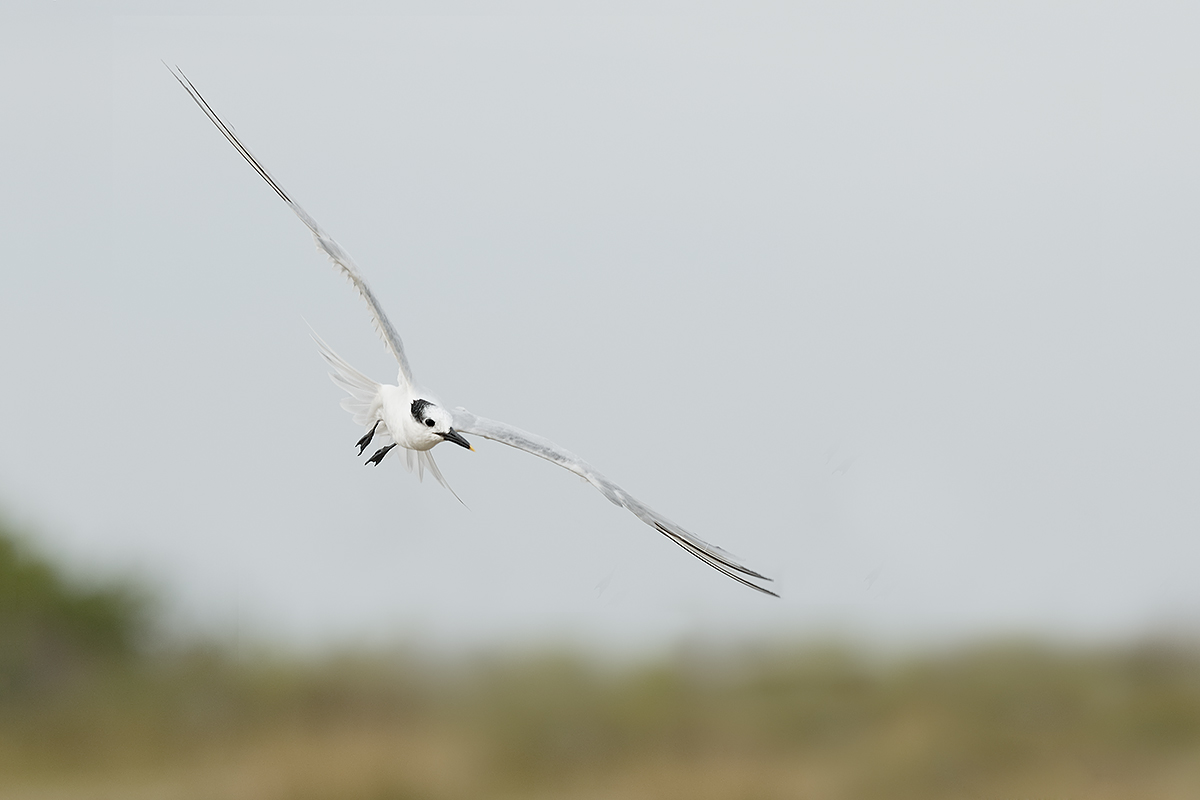
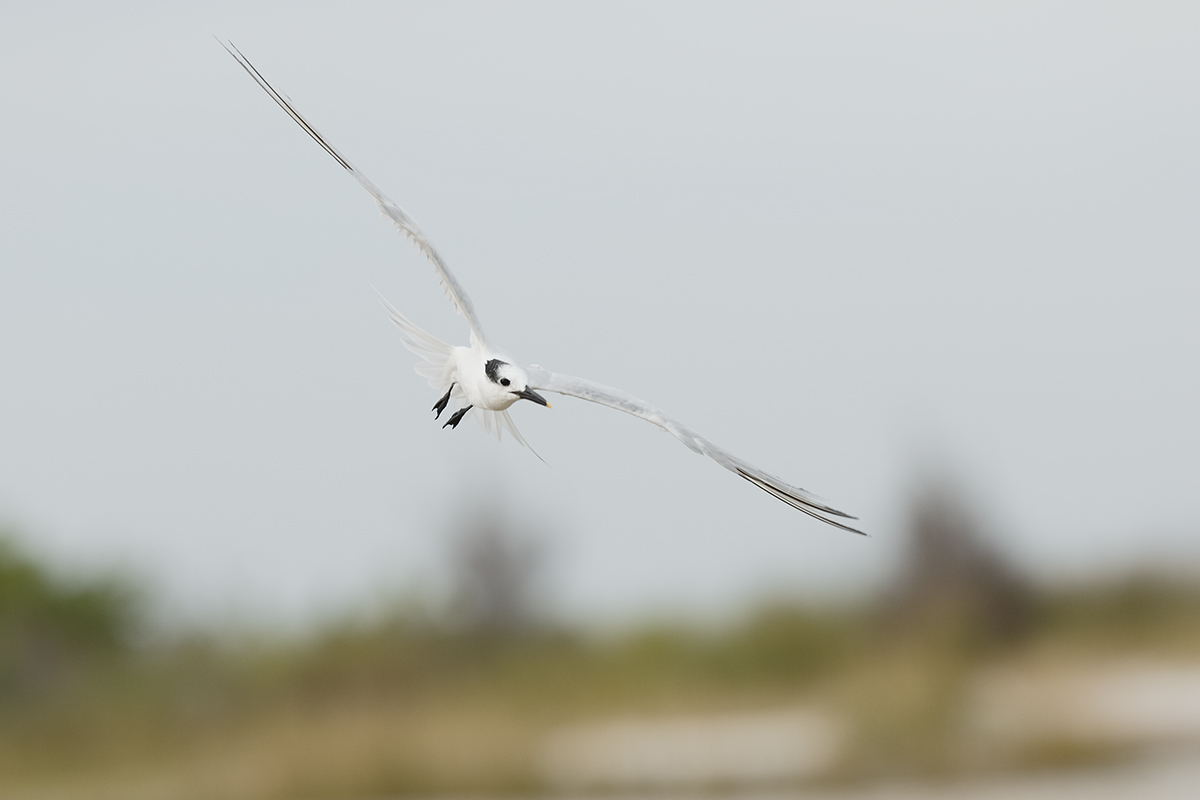
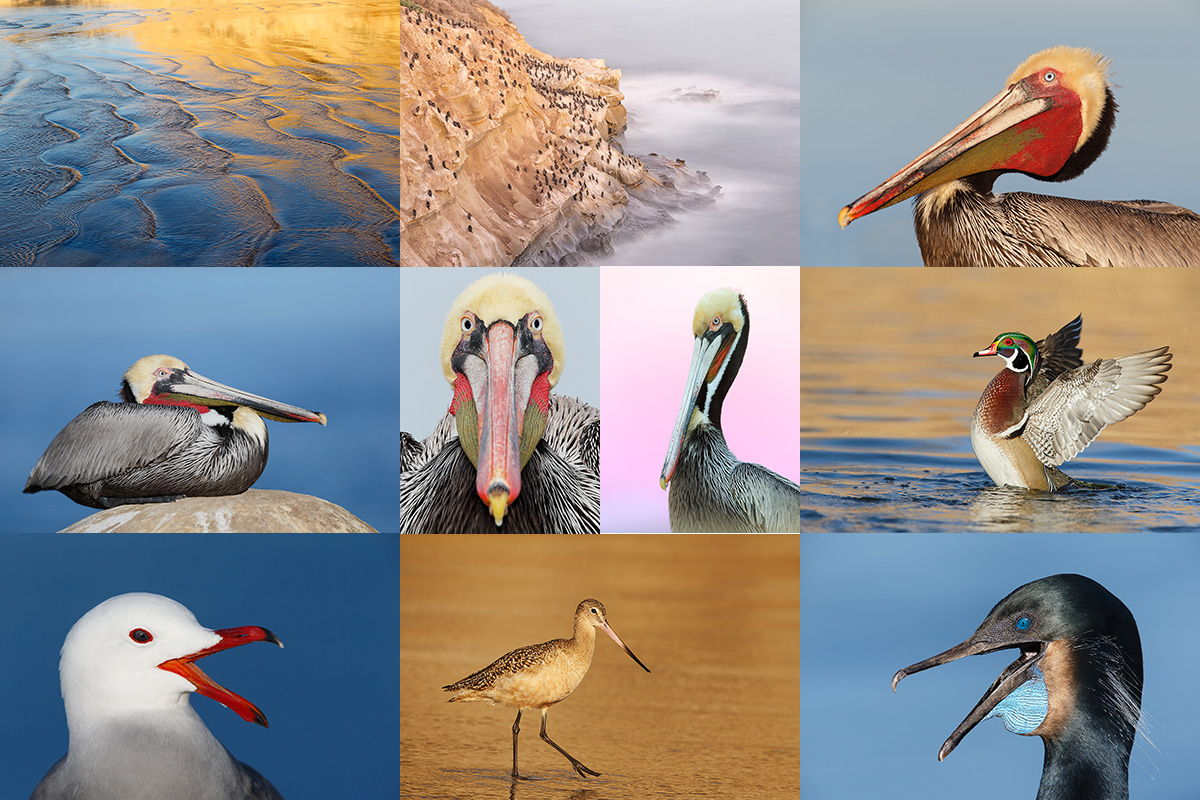

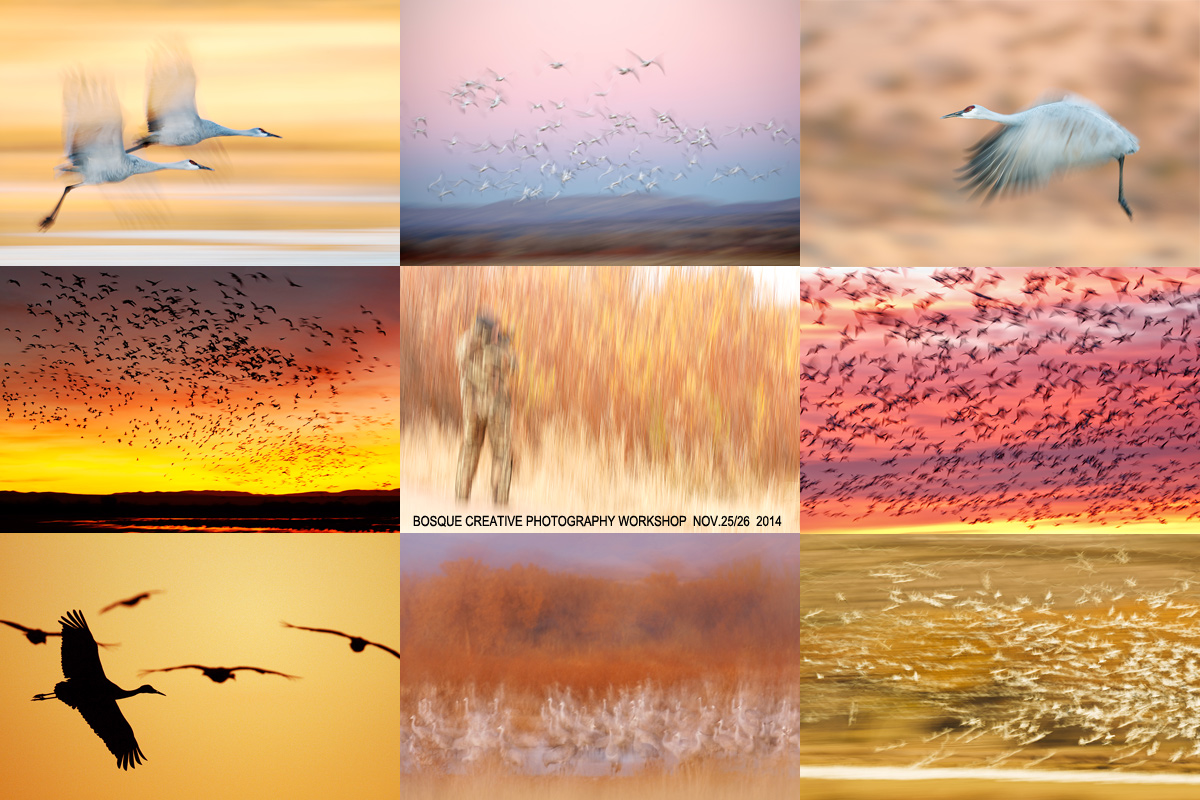













Any clues on best custom AF setting for BIF on 7d2
Guide coming soon. Much the same as in the 1D X and 5D III guides. artie
Thinking about grabbing a 7D2 for Bosque. Think that plus a 5D3 would be a good combo? Just need to decide what camera/lens combo goes on the tripod and which one goes on the shoulder.
It would be fantastic. I will guide you as to where each camera body should be at each stop. Surely 7D II on the 500 if we get into a good Snow Goose flight situation. 5D III on the 500 at the Crane Pools in the morning, 7D II there for evening single bird crane silhouettes. I know the place. We still openings on each IPT. See you there! artie
Artie, I am rally enjoying your blog. Thanks for the information on this camera. I have been waiting for a camera like this for a while now. I suspect this will be my first entry in to Canon. I will use your link when I am ready.
Thanks Robert. I am really loving my 7D II 🙂 artie
Hey Artie…I’m new to your blog and want to thank you for all the helpful advice and information you’re providing on here. I currently shoot with a 1DX and the 400mm DO for BIF….sometimes with the 1.4XIII. From your perspective thus far, any strong reasons for a 1DX owner to also consider having the new 7D? Looks like weight and the zone AF may be the strongest factors for consideration. I’ve already come to peace with having to get closer to the birds without a crop sensor.
Josh
Welcome to the blog. Actually, there are lots of reasons: great weight savings, all around improved AF, the new Zone AF, improved iTR and Face Detection AF, and of course the additional reach. I have barely mentioned the latter on the blog but with the extra reach comes many benefits. All that with image quality and high ISO noise control on a par with the 1D X.
I have been using only full frame for several years and I too have become comfortable with that. But having a 1.6X crop factor camera really opens up lots of doors. artie
ps: If you do bite on a 7D II please be sure to use my B&H affiliate link. It’s a great and pretty much the only way to substantively thank me for the work that I do here on the blog and with answering countless e-mails 🙂
Thx for the advice Artie! I am definitely planning to get the 70-200mm f/2.8 IS II and the 2X III extender very soon. I’ll purchase through your link.
Josh
Many thanks! See you here 🙂 a
ps: please shoot me your B&H receipt via e-mail when you purchase.
Thanks for this, Artie! It really gives us a professional first-hand look at the capabilities of this camera!
Hi Giovanni,
re:
Hello Artie thanks a lot for your comment and help
YAW.
I am waiting about Dpp4 rules…and I hope as soon.
The above is confusing….
You wrote “As I have long found it difficult to keep the central sensor only on the bird’s face, head or neck, I have always done my flight photography with more than just the central sensor active.”…which is the best AF point setting, for your (for 1Dx) instead of only central sensor ?
As I have posted here dozens of times I like Surround. You can learn a ton more about 1D X in our 1D X AF Guide.
Another question, do you think it would be fine to sell my Canon 5d Mark III so that I can buy a Canon 7 D mark II? (I have also a Canon 1Dx).
Actually, I will be keeping my 5D III for flowers, Urbex, scenic, and HDR photography. I may sell one of my 1D X bodies and replace it with one or more 7D Mark II bodies. I cannot, however, know what is best for you. It depends on what you like to photograph….
Thanks
Giovanni
YAW. And best, artie
I also like the 3rd image the best. The angle of the first image doesn’t show/highlight the head/face/bill enough to make it jump out with personality. I also can’t see the eyes much in the second image. The 3rd image, however, does show the birds head and eyes which gives it the personality I love in many of your images. It make you wonder what the bird is thinking…
Also, the 3rd image also shows the bill and bill tip, which is distinct to the Sandwich Tern.
Finally, the bird is above and separated from the background. I like that better than the 2nd image. You selectively removed the distractions from the image to give it a good clean separation line. (No competing background.) The last special touch is how the bird’s angle matches the background greenery in the bottom left corner. Something about that is very pleasing to my eye.
I am no artist by any stretch, but that’s what I see and like….
Well done. Thanks Warren. artie
Transitioning to a MacBook Pro? Giving up Breezebrowser? I have asked BreezeSys repeatedly if they have a Mac version, tthe answer is always no. Can you persuade them?
BreezeBrowswer runs fine and fast on my mac on Parallels. The latter was included with the purchase of the laptop. Do a search here in the little white box top right for BreezeBrowser on a Mac and you will find Peter Kes’s fine article on how to do it. artie
Thanks for posting these!
I’m curious if adding a 1.4xIII to this combo would be a deal breaker for BIF? Primarily BIF + Non sky backgrounds.
I have in mind a nice all day/hiking/handheld combo, that will yield successful results, unlike the exercise in frustration that the Tamron 150-600 provides; Sigma 150-600 is pre-ordered, but I’m worried it too may lead me down the same path.
Problems with tracking BIF against backgrounds other than sky are operator error: if you keep the selected AF sensor on the bird the system will continue to track it accurately. The 300 II/1.4X III/7D II should be deadly for flight in competent hands. Remember to pre-focus… artie
The Doug West idea sounds good for an ageing person but I hate giving up my original 600mm . Sure going to give it serious thought so I can remain mobile the next 10 years. Thanks Art for continuing views on the new 7D. Of course your white on light exposures have always been on target !
Ten minutes of laughing is beyond my capabilities but I am up to 1 minute which is great for me.
Charles, take it from this ageing person who is shooting with a pair of 7Ds and the original 500mm f/4L IS (and a 1.4x II when I need it)that the 7D II, 500 II combo will be very nice.
I’m finding that my 500 (about the same weight as the 600 II) is getting heavier as time goes on. Having handled Artie’s 500 II at a talk he gave in Orlando I have the 500 II on my short list. And after reading about the 7D II here and in other places, how can I pass on five years of improvements to my most used body.
Awesome! I so want this camera! Thanks for all test photos Artie. I am so impressed!
I like the 3rd image the best. I like the placement and angle of the bird. The first one is incredibly sharp!
Thanks for all your help in the past. Around when is the best time of year to visit the Venice rookery?
Used to be JAN/FEb but getting earlier every year recently. artie
ps: Take a look at our SW FLA Site Guide here: https://store.birdsasart.com/shop/item.aspx?itemid=16
Hi, Artie, and thanks for these wonderful images. You have light birds against a light sky in the second and third images (sandwich and forster’s terns), so that’s even more of a challenge for the AF system, I’d think, and yet they are splendid. I think the last image is my favorite because of the bird’s head angle but I love them all. Many thanks.
ok Arthur Morris donc c’est une question de lumière mais à f/2.8 il pique pareil qu’à f/4 c’est cela?
Vous ne savez pas ce que vous demandez ….
(Not sure what you are asking. Can anyone help???? artie
Hey Artie, he’s asking if the sharpness is the same at f/2.8 as at f/4…
Merci Dan!
Joek, Toutes les Series II lentille super-téléphotographies sont forte grande ouverte. Je m’arrête vers le bas juste un peu plus de profondeur de champ. artie
All of the Series II super-telephotos lens are sharp wide open. I stop down just a bit for additional depth-of-field. artie
bonjour
pourquoi vous avez pas shooter à f/2.8 ? au lieu de f/4, est ce que le piqué aurait été le méme?
Bonjour Joel, Quand j’ai assez de lumière , je tiens à arrêter le bas un arrêt complet lors de l’utilisation d’un f / 2.8 . Quand il n’y a pas beaucoup de lumière , je travaille souvent grande ouverte à f / 2.8.
plus tard et l’amour , artie
or:
Howdy Joel,
When I have enough light I like to stop down one full stop when using an f/2.8 lens. When there is not much light I often work wide open at f/2.8.
later and love , artie
Thanks for the great flight images! I prefer the first one. It is so clean!
Marv
Thanks Marvin. And so, so sharp. artie
I’m seriously thinking about selling my IV for the 7D II. Originally my plan was to sell my dinosaur 600 nonIS and move
up to the 600 IS (version 1), while keeping the IV. But now, I’m thinking, sell the IV, buy the II and instead of buying a 600, go with the 500, which would give me about the same distance, while also saving a pound or two.
You’ve done a tremendous job these past few weeks on writing about the 7D II.
Doug
Many thanks Doug. How about the 500 II and the 7D II as a lightweight rig with lots of reach with the 1.4X III TC. 1120mm to be exact…. artie
ps: please e-mail for the product specific links when you are ready to pull the trigger. You might fly right off the beach….
Thanks Artie. I know, add the converters and yowza. My “plan” is to wait until Feb/March after tax refunds.
Plus, I’m still the cautious type, chances are Canon will have some bugs that’ll need ironed out after this first batch comes out.
BTW, I bought my 1.4x III thru your link. I don’t know what type of notice you get, but I hoped it worked (during the B&H’s holiday closing).
Doug
Thanks Doug. Please send me your B&H receipt via e-mail so that I can check. Thanks.
As for bugs, it is beyond rare that a new camera bug is not fixable via a firmware update…
artie
Just sent an email to you at the verizon email.
Doug